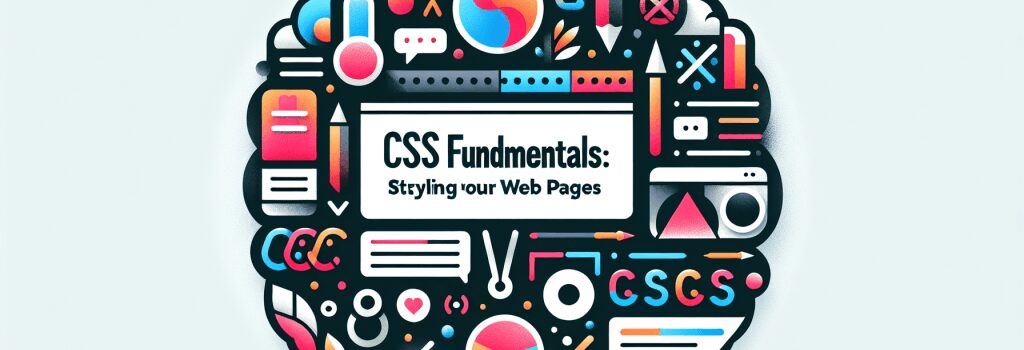CSS Fundamentals: Styling Your Web Pages

CSS, or Cascading Style Sheets, is a cornerstone technology of the web, alongside HTML and JavaScript. It is essential for web developers to grasp CSS fundamentals to create visually appealing and functionally effective web pages. This article delves into the core aspects of CSS, guiding beginners through its essential concepts, properties, and best practices for styling web pages efficiently.
Understanding CSS Fundamentals
CSS is a stylesheet language used to describe the presentation of a document written in HTML or XML. It controls how elements are displayed on the screen, providing developers with the ability to adjust layout, colors, fonts, and much more. By separating content from design, CSS enhances the accessibility and flexibility of web development.
Selectors and Declarations
At its core, CSS operates on a simple structure: selectors and declarations. A selector points to the HTML element you want to style, while a declaration block contains one or more declarations separated by semicolons. Each declaration includes a property and a value, defining how the selected element should be styled.
Types of CSS
Understanding the three types of CSS—inline, internal, and external—is crucial. Inline CSS is used directly within an HTML tag, affecting only that tag. Internal CSS is placed within the ;> section of an HTML document, styling elements page-wide. External CSS, however, involves linking an external .css file to your HTML document, enabling consistent styling across multiple pages.
Core CSS Properties
Exploring the myriad of CSS properties is part of the adventure in styling web pages. Here are some fundamental properties that every web developer should know:
– Color and Background: These properties include ‘color’ for text color and ‘background-color’ for the background of elements.
– Box Model: Understanding the box model is essential for layout control. It consists of margins, borders, padding, and the actual content.
– Typography: CSS offers a vast array of properties for styling text, such as ‘font-family’, ‘font-size’, ‘font-weight’, and ‘text-align’.
– Positioning and Display: These properties determine the layout of elements. ‘Position’, ‘display’, ‘flex’, and ‘grid’ are indispensable for responsive design.
Best Practices in CSS
To craft efficiently styled websites, adhering to best practices in CSS is imperative:
– Use External Stylesheets: This promotes cleaner HTML and reuse of CSS, leading to faster development and easier maintenance.
– Keep it Organized: Commenting and structuring your CSS file logically can significantly improve readability and manageability.
– Utilize Classes and IDs Wisely: While classes enable styling of multiple elements, IDs are meant for single, unique elements. Understanding their appropriate use cases is key.
– Opt for Responsiveness: With the prevalence of mobile devices, employing responsive design techniques, such as media queries, ensures your site looks great on all screens.
Conclusion
Mastering CSS is fundamental for anyone aspiring to become a proficient web developer. It not only empowers you to create visually compelling websites but also forms the basis for advanced web technologies. While the learning curve may seem daunting initially, the versatility and control CSS offers are unparalleled. As you continue to explore and experiment with CSS, remember to practice regularly and keep abreast of the latest developments in web design standards. Your journey in styling web pages is just beginning, and the possibilities are limitless.


